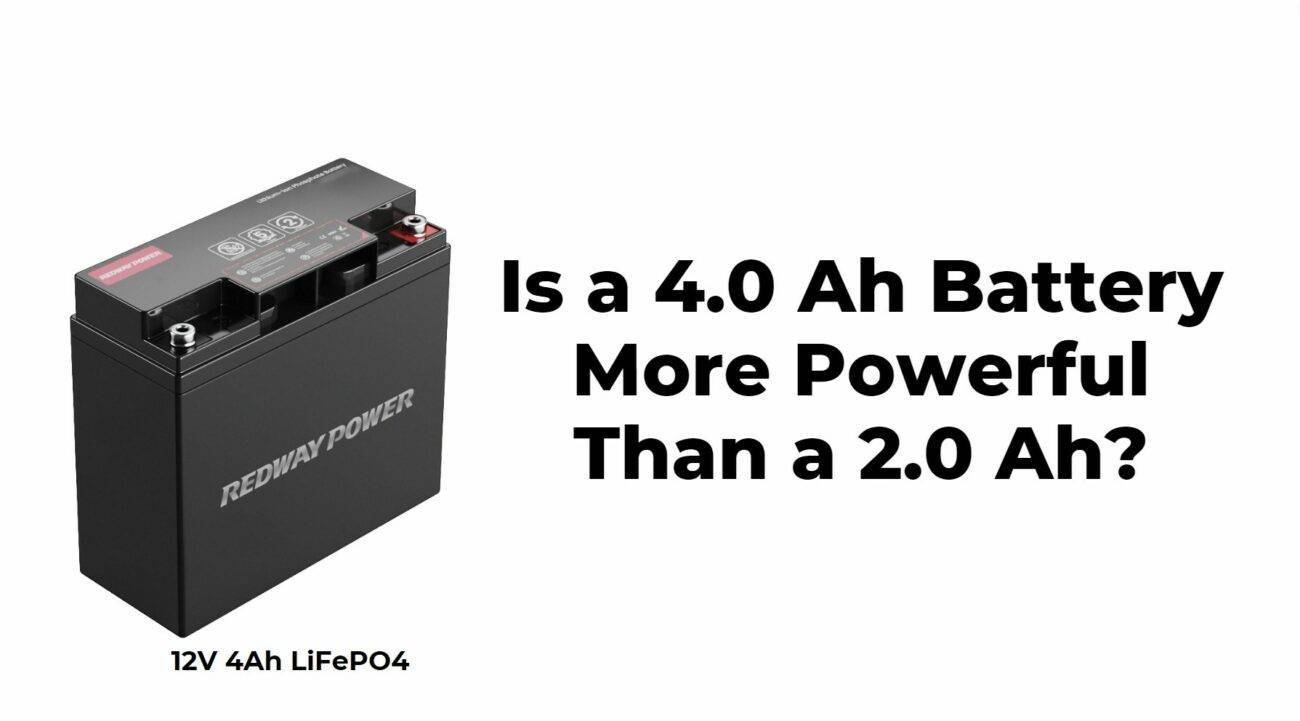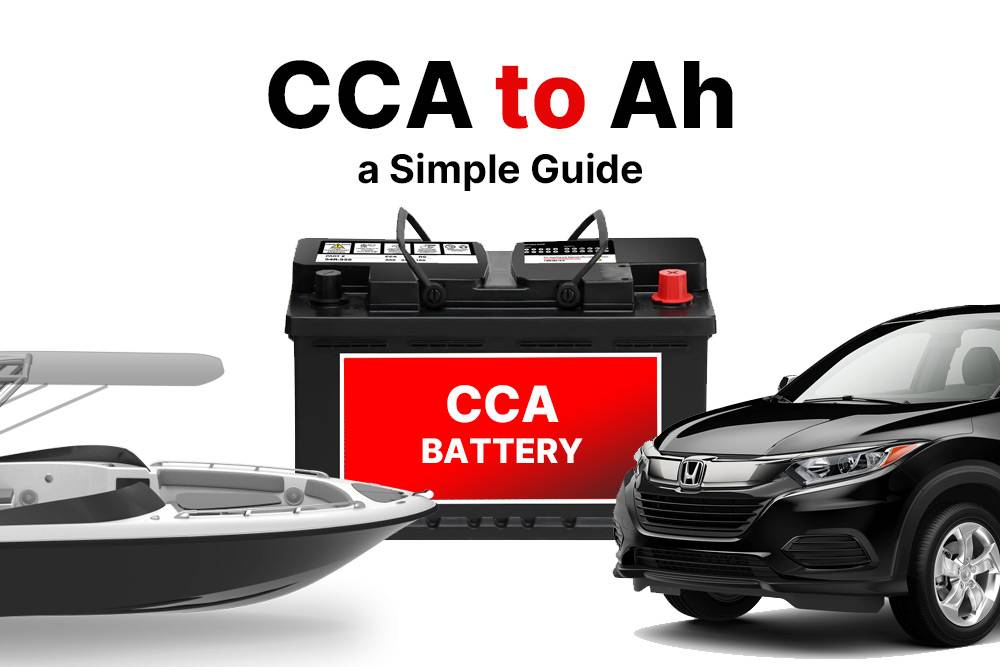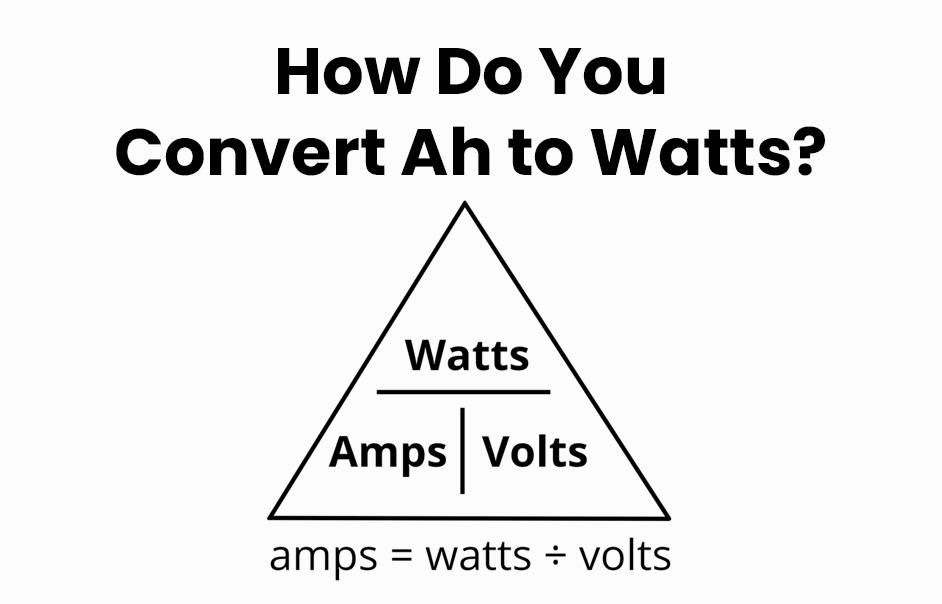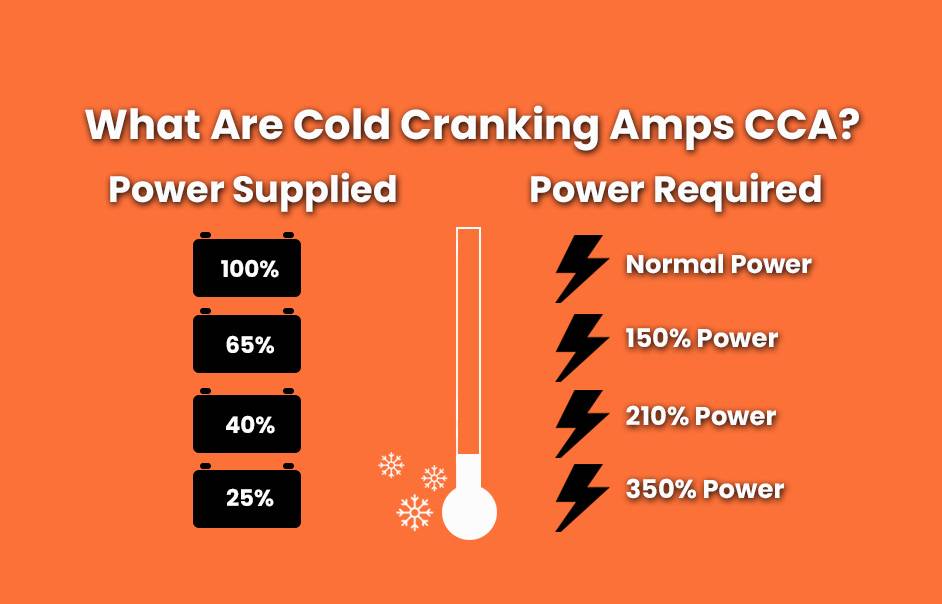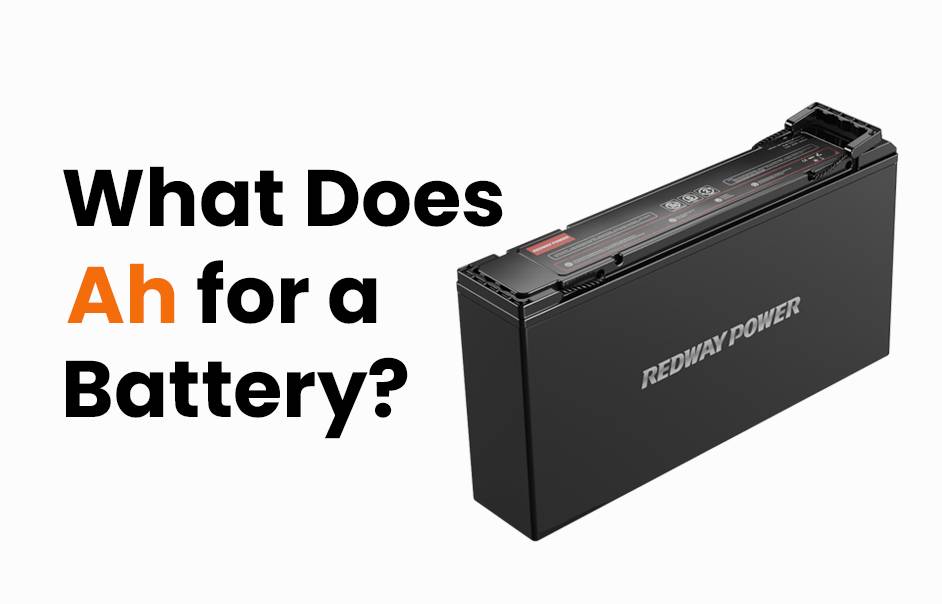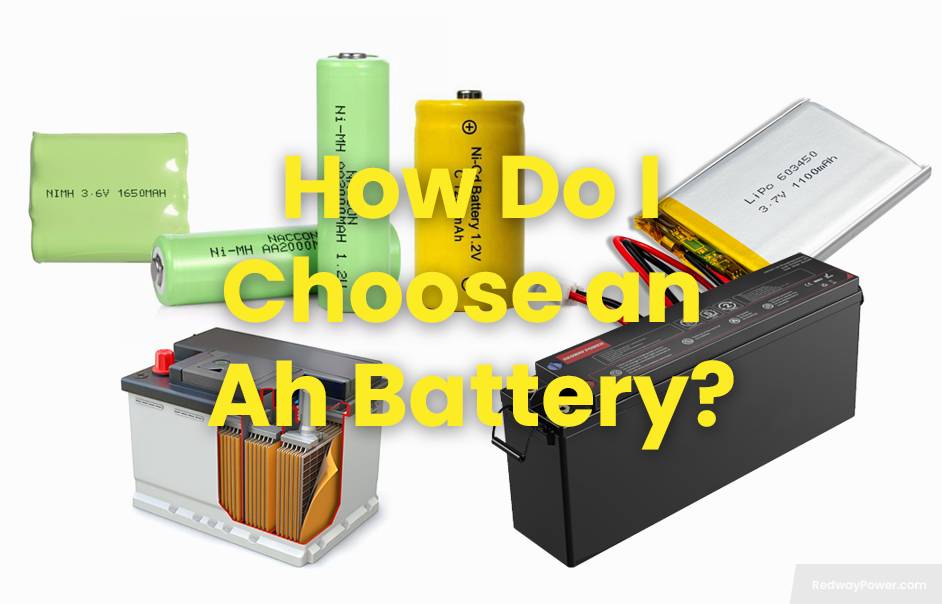- Rack-mounted Lithium Battery
- Golf Cart Lithium Battery
-
Golf Cart Lithium Battery
- 36V 50Ah (for Golf Carts)
- 36V 80Ah (for Golf Carts)
- 36V 100Ah (for Golf Carts)
- 48V 50Ah (for Golf Carts)
- 48V 100Ah (Discharge 100A for Golf Carts)
- 48V 100Ah (Discharge 150A for Golf Carts)
- 48V 100Ah (Discharge 200A for Golf Carts)
- 48V 120Ah (for Golf Carts)
- 48V 150Ah (for Golf Carts)
- 48V 160Ah (Discharge 100A for Golf Carts)
- 48V 160Ah (Discharge 160A for Golf Carts)
-
Golf Cart Lithium Battery
- Forklift Lithium Battery
- 12V Lithium Battery
- 24V Lithium Battery
- 36V Lithium Battery
- 48V Lithium Battery
-
48V LiFePO4 Battery
- 48V 50Ah
- 48V 50Ah (for Golf Carts)
- 48V 60Ah (8D)
- 48V 100Ah (8D)
- 48V 100Ah
- 48V 100Ah (Discharge 100A for Golf Carts)
- 48V 100Ah (Discharge 150A for Golf Carts)
- 48V 100Ah (Discharge 200A for Golf Carts)
- 48V 150Ah (for Golf Carts)
- 48V 160Ah (Discharge 100A for Golf Carts)
- 48V 160Ah (Discharge 160A for Golf Carts)
-
48V LiFePO4 Battery
- 60V Lithium Battery
-
60V LiFePO4 Battery
- 60V 20Ah
- 60V 30Ah
- 60V 50Ah
- 60V 50Ah (Small Size / Side Terminal)
- 60V 100Ah (for Electric Motocycle, Electric Scooter, LSV, AGV)
- 60V 100Ah (for Forklift, AGV, Electric Scooter, Sweeper)
- 60V 150Ah (E-Motocycle / E-Scooter / E-Tricycle / Tour LSV)
- 60V 200Ah (for Forklift, AGV, Electric Scooter, Sweeper)
-
60V LiFePO4 Battery
- 72V~96V Lithium Battery
- E-Bike Battery
- All-in-One Home-ESS
- Wall-mount Battery ESS
-
Home-ESS Lithium Battery PowerWall
- 24V 100Ah 2.4kWh PW24100-S PowerWall
- 48V 50Ah 2.4kWh PW4850-S PowerWall
- 48V 50Ah 2.56kWh PW5150-S PowerWall
- 48V 100Ah 5.12kWh PW51100-F PowerWall (IP65)
- 48V 100Ah 5.12kWh PW51100-S PowerWall
- 48V 100Ah 5.12kWh PW51100-H PowerWall
- 48V 200Ah 10kWh PW51200-H PowerWall
- 48V 300Ah 15kWh PW51300-H PowerWall
PowerWall 51.2V 100Ah LiFePO4 Lithium Battery
Highly popular in Asia and Eastern Europe.
CE Certification | Home-ESS -
Home-ESS Lithium Battery PowerWall
- Portable Power Stations
Can I Use a 5Ah Battery Instead of a 2Ah Ryobi?
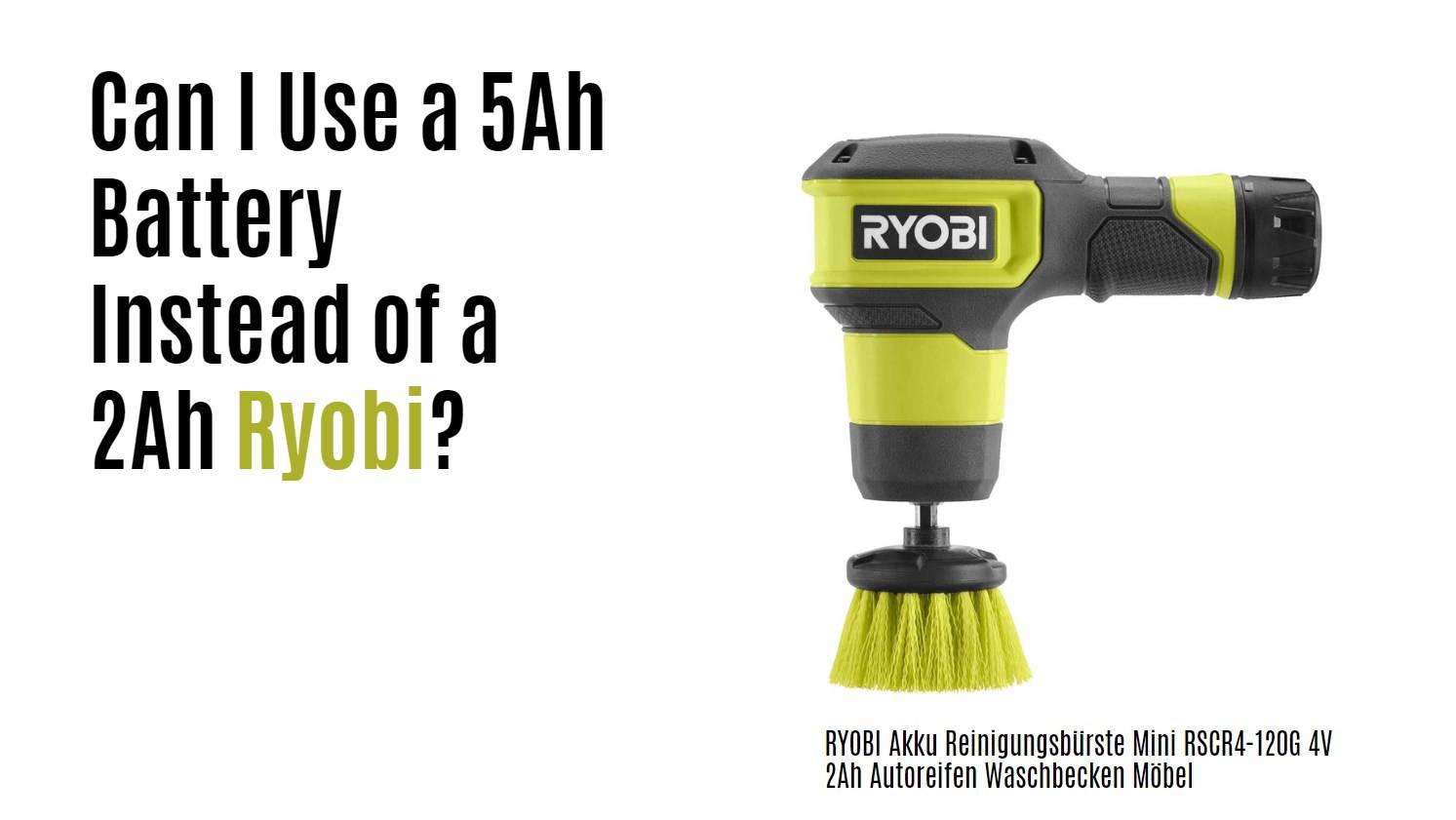
Using a 5Ah battery instead of a 2Ah Ryobi battery can be tempting due to the increased capacity, but it is essential to understand the implications. While a higher capacity battery can provide longer runtime, compatibility and performance must be considered. This article explores the differences between these batteries and their impact on performance.
What Is the Difference Between a 5Ah and a 2Ah Battery?
The primary difference between a 5Ah and a 2Ah battery lies in their capacity, which indicates how much energy they can store:
- Amp-Hour Rating: The 5Ah battery can theoretically deliver 5 amps for one hour or 1 amp for five hours, while the 2Ah battery can provide 2 amps for one hour or 1 amp for two hours.
- Runtime: A higher amp-hour rating means longer usage time before needing to recharge, making the 5Ah battery more suitable for extended use.
Chart: Capacity Comparison
| Battery Capacity (Ah) | Runtime at 1A | Runtime at 2A |
|---|---|---|
| 2 Ah | 2 hours | 1 hour |
| 5 Ah | 5 hours | 2.5 hours |
How Does Amp-Hour Rating Affect Performance?
The amp-hour rating significantly impacts how long you can use your tools or devices:
- Higher Capacity Equals Longer Use: A 5Ah battery will last longer under similar load conditions compared to a 2Ah battery, allowing you to work longer without interruption.
- Voltage Consistency: Both batteries typically operate at the same voltage (e.g., 18V for Ryobi batteries), ensuring that devices receive consistent power regardless of capacity.
Chart: Performance Impact
| Usage Scenario | 2 Ah Battery Runtime | 5 Ah Battery Runtime |
|---|---|---|
| Continuous Use at 1A | 2 hours | 5 hours |
| Continuous Use at 2A | 1 hour | 2.5 hours |
Can I Use a Higher Capacity Battery in Place of a Lower One?
Yes, you can generally use a higher capacity battery, such as a 5Ah, in place of a lower capacity one like a 2Ah, provided that:
- Compatibility: The battery fits your device’s specifications and connections.
- Voltage Matching: Ensure that both batteries operate at the same voltage (e.g., both are rated at 18V).
- Device Design Limits: Check if your device is designed to handle the increased current draw that may come from using a higher capacity battery.
Chart: Compatibility Considerations
| Consideration | Requirement |
|---|---|
| Voltage | Must match (e.g., 18V) |
| Size | Must fit device |
| Current Draw | Device must support higher draw |
What Are the Potential Risks of Using a Different Capacity Battery?
While using a higher capacity battery has benefits, there are potential risks:
- Overheating: If the device is not designed to handle higher currents, it may overheat, leading to damage.
- Battery Management System (BMS): Some devices may have built-in protections that could limit performance or cause malfunction when using batteries with different capacities.
- Warranty Issues: Using non-standard batteries may void warranties on tools or devices.
Chart: Risks Overview
| Risk | Description |
|---|---|
| Overheating | Potential damage |
| BMS Limitations | May restrict performance |
| Warranty Issues | Possible voiding |
How to Ensure Compatibility When Switching Batteries?
To ensure compatibility when switching from a 2Ah to a 5Ah battery, follow these steps:
- Check Specifications: Review your device’s manual or specifications to confirm it supports higher capacity batteries.
- Inspect Connections: Ensure that terminal connections are compatible and securely fit.
- Monitor Performance: After switching, monitor your device’s performance for any signs of overheating or malfunction.
Chart: Compatibility Checklist
| Step | Action |
|---|---|
| Check Specifications | Confirm compatibility |
| Inspect Connections | Ensure secure fit |
| Monitor Performance | Watch for issues |
FAQ Section
Can I use any Ryobi battery in my tool?
Not all Ryobi batteries are interchangeable; ensure compatibility based on voltage and connection type.
Will using a larger capacity battery damage my tool?
Using a larger capacity battery is generally safe if it matches voltage and fits properly; however, monitor for overheating.
How do I know if my tool can handle a higher capacity battery?
Check your tool’s manual or manufacturer guidelines regarding compatible battery specifications.
Industrial News
The demand for versatile power solutions continues to grow as consumers seek efficient energy storage options for their tools and devices. Recent advancements in lithium-ion technology have led to improved performance characteristics, allowing users to benefit from longer runtimes without compromising safety. As manufacturers innovate, consumers are encouraged to explore options that enhance their operational efficiency.
Redway Power Views
“Switching from a lower capacity battery to a higher one can significantly enhance performance, but it’s essential to ensure compatibility,” states an industry expert. “Monitoring your tools after making such changes is crucial for safety and efficiency.” This perspective highlights the importance of informed decision-making when upgrading power solutions.













